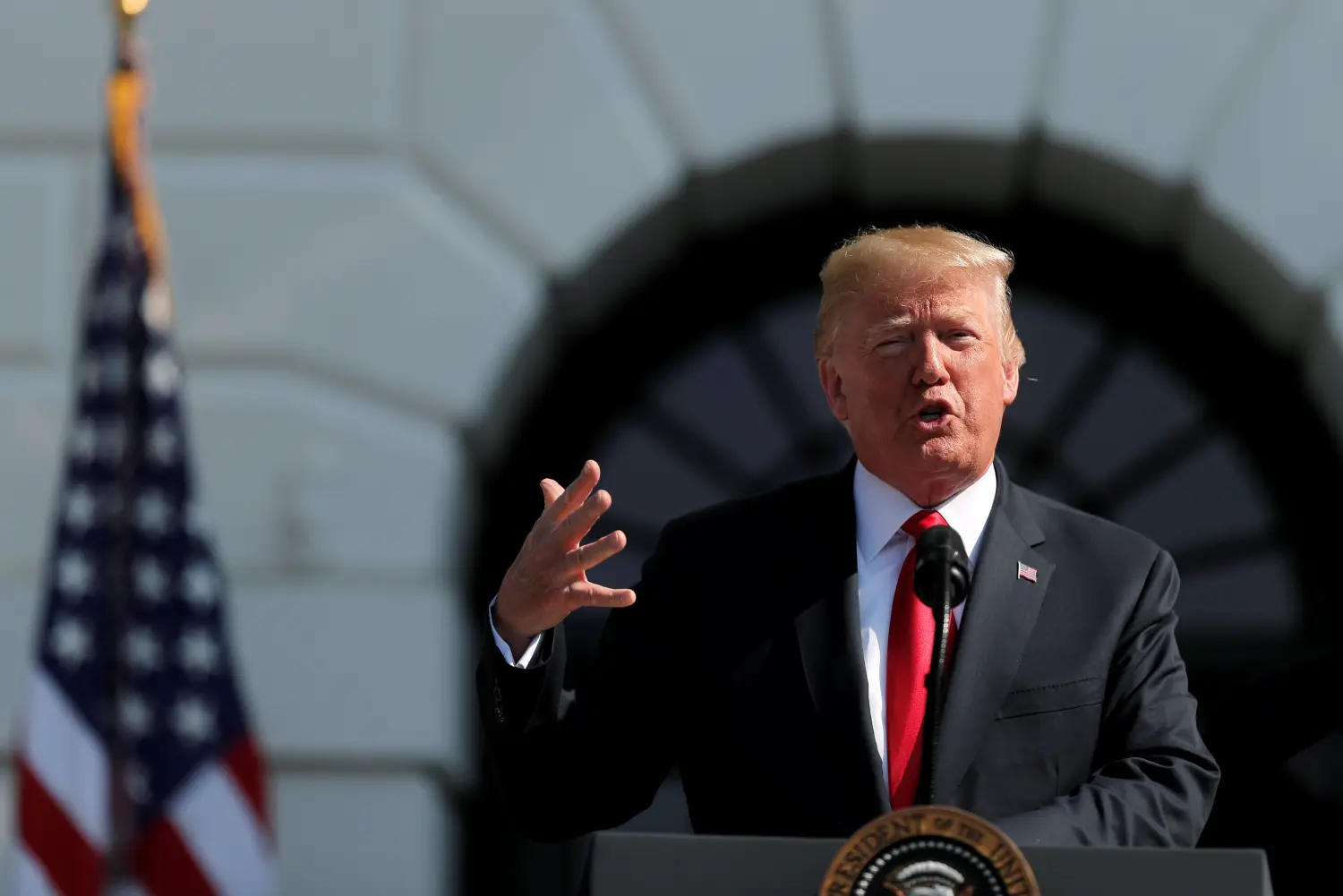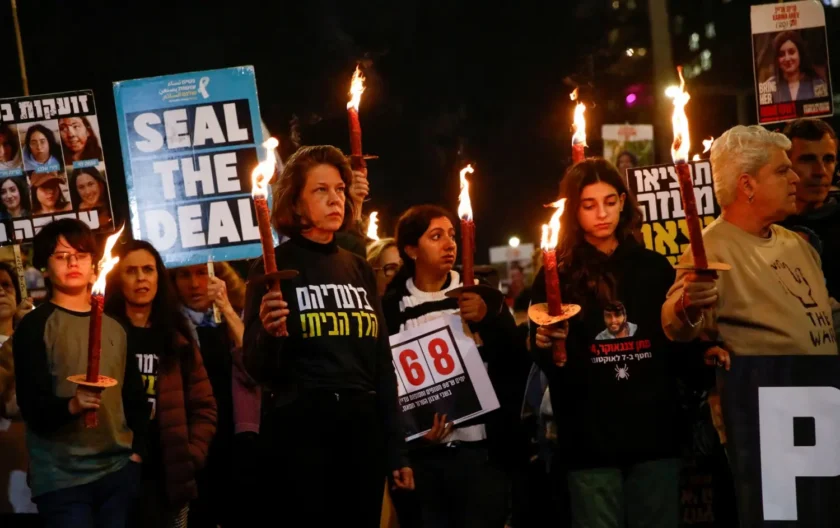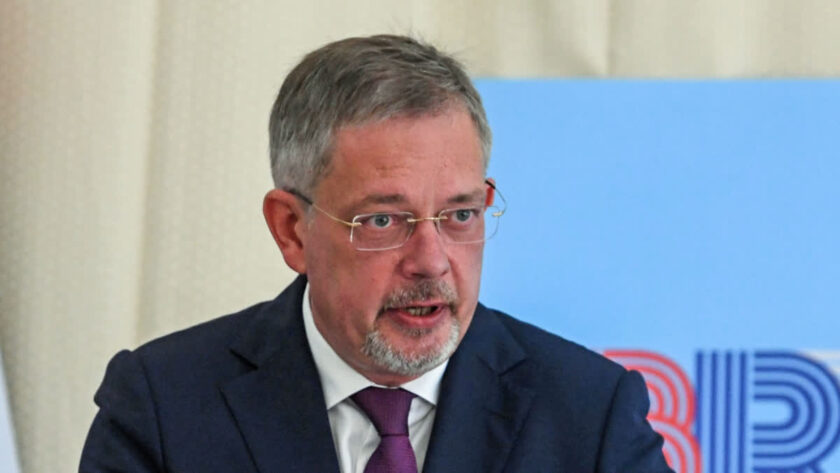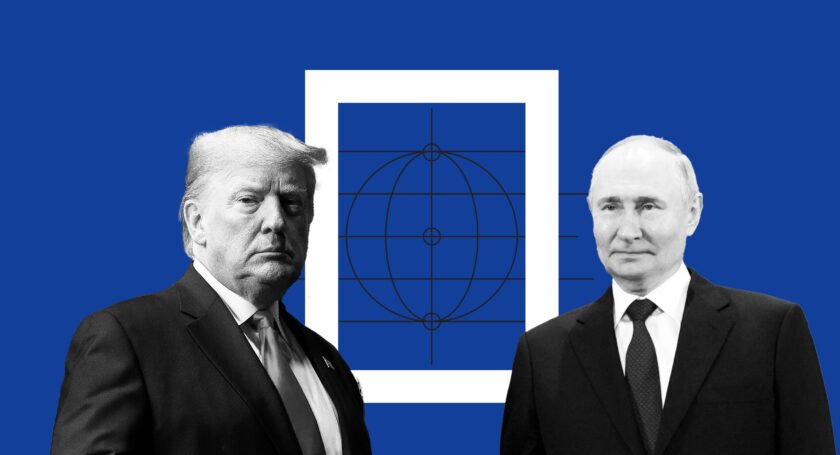Brussels – As the European Union’s leaders gathered in Brussels for a historic “triple first” summit, the primary focus was on bolstering Europe’s defenses against Russia’s ongoing aggression. The meeting marked the first gathering of all 27 EU leaders since the inauguration of US President Donald Trump, the first-ever defense-focused discussion of its kind, and the first time the EU has met with a British prime minister since Brexit.
The ongoing Russian invasion of Ukraine has propelled European nations to increase military spending. However, EU officials admit that, despite mounting concerns of potential Russian strikes in the coming years, they are still not arming themselves swiftly enough. The situation has been further complicated by Trump’s return to the White House, as the unpredictable leader insists that Europe can no longer rely on US security and demands that NATO nations significantly raise their defense budgets.
Trump’s call for NATO countries to more than double their defense expenditure—up to 5% of their GDP—has caused considerable concern, as such a target exceeds the capacity of many European nations. Additionally, Trump has vowed to bring a swift end to the Russia-Ukraine conflict, sparking fears that he may impose a harsh settlement on Ukraine, potentially sidelining European interests.
The meeting was also affected by Trump’s direct threats, including a promise to impose tariffs on the EU, which the bloc has vowed to respond to “firmly.” These concerns, along with the controversial issue of Greenland, have raised tensions.
In response to Russia’s aggression, there is broad agreement within Europe on the need for increased defense spending, with estimates suggesting an additional €500 billion ($510 billion) in defense investment over the next decade. However, significant disagreements remain over how to fund this investment, whether EU funds should be dedicated exclusively to European-made weapons, and the role NATO should play in these plans.
The divide is particularly evident between Eastern European countries, which are already investing heavily in defense due to their proximity to Russia, and Western European nations, which are less inclined to make such immediate contributions. The primary sticking point remains funding, with several EU members advocating for significant joint borrowing. However, Germany, currently embroiled in a contentious election, has made efforts to avoid any discussion of this sensitive issue.
“There is a worry this meeting could just become another box-ticking exercise if we don’t address the elephant in the room—how to finance these defense efforts,” an EU official said.

Another point of contention is the European Investment Bank (EIB), with EU governments pushing for the bank to remove restrictions on lending to defense companies. However, little progress has been made on this front.
France has been vocal in its desire to prioritize EU-made weaponry, while other nations argue that purchasing arms from the fastest-supplying country, including the US, may help maintain a positive relationship with Trump and the US administration.
Tensions over NATO’s role also surfaced, with some EU members calling for a greater EU role in determining defense needs, a proposal that has sparked opposition from NATO.
In a notable development, Prime Minister Keir Starmer of the UK attended the summit, marking the first appearance of a British prime minister at a European Council meeting since Brexit. Starmer used the opportunity to urge EU leaders to “step up” and share more of the defense burden, particularly as Russia continues its campaign of destruction. Starmer also proposed a potential defense and security agreement between the UK and the EU, hoping to “reset” the relationship after the acrimony of Brexit.
Despite these efforts, progress on improving UK-EU relations is hindered by lingering tensions over issues such as fishing rights and the UK’s opposition to a youth mobility program proposed by Brussels.
As Europe confronts the growing threat of Russia, the path forward remains uncertain, with leaders grappling with how to finance and execute their defense strategies while balancing internal divisions and external pressures, including the unpredictable nature of US foreign policy under President Trump.






